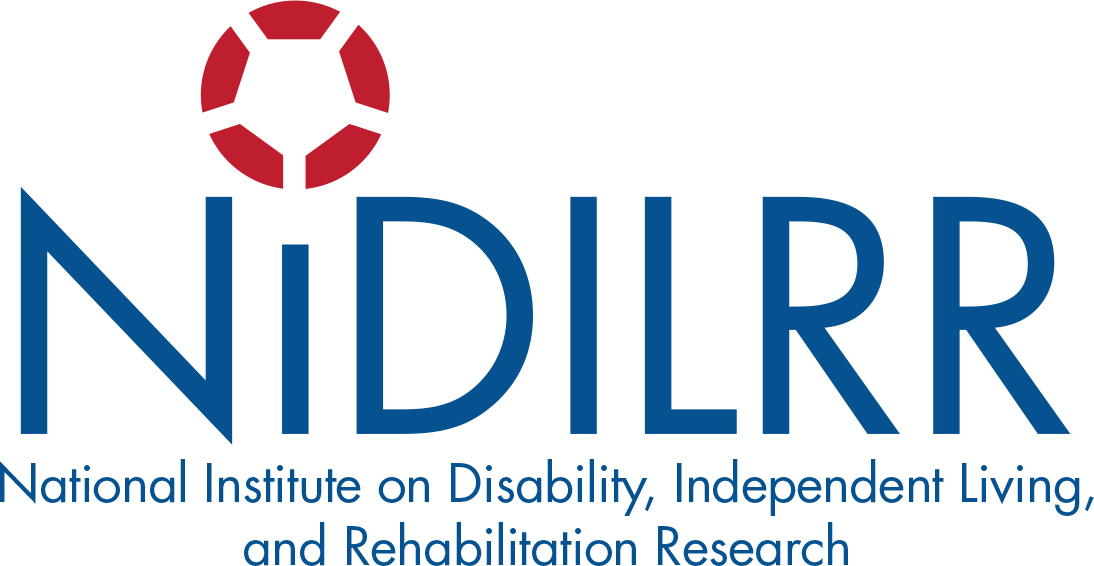Considerations
- Voluntary use of arms through upper body weight training, arm cranking exercise, and wheelchair sports has been emphasized over the years to facilitate independence in daily activities (wheelchair mobility, transfers, and soft tissue ulcer relief) both at home and in the public. Although cardiovascular benefits in response to upper body exercise are shown in the SCI population, nociceptive pain has become the most common musculoskeletal complaint in patients with SCI who are engaged in arm exercises regularly.
- Neuromuscular electrical stimulation (NMES) or functional electrical stimulation (FES) may offer a better way to improve the cardiovascular and metabolic systems as it can activate large lower extremity muscles and many upper body exercises (e.g., arm cranking or rowing) can be performed with FES-activated leg movements ( e.g., cycling, standing, and leg extension). Such protocols have been referred to as "hybrid" exercises. Possible Health Benefits of NMES/FES training:
-
- Improve whole body glucose tolerance and insulin sensitivity.
- Induce skeletal muscle hypertrophy in patients with chronic SCI, with increases in muscle volume from 39% to 75%. This increase in muscle tissue can aid in post- prandial glucose removal, thus reducing the risk of diabetes.
- Reduce visceral adipose tissue cross-sectional area and intramuscular fat.
-
- Body-Weight Supported Treadmill (BWST) training may also improve metabolic and cardiovascular profiles and restore a degree of ambulatory capacity in patients with incomplete SCI. Possible Health Benefits of BWST:
-
- Improve whole body glucose tolerance and insulin sensitivity.
- May lead to a long-term benefit in terms of reducing the higher incidence of Type 2 diabetes and metabolic syndrome in individuals with SCI.
-
General Recommendation
Consult with a professional physical therapist, occupational therapist or exercise physiologist (preferably knowledgeable in SCI health-related issues) to achieve individualized health-related goals.
References
Mohr T, Dela F, Handberg A, Biering-Sørensen F, Galbo H, Kjaer M. Insulin action and long-term electrically induced training in individuals with spinal cord injuries.Med Sci Sports Exerc. 2001 Aug;33(8):1247-52.
Chilibeck PD, Bell G, Jeon J, Weiss CB, Murdoch G, MacLean I, Ryan E, Burnham R. Functional electrical stimulation exercise increases GLUT-1 and GLUT-4 in paralyzed skeletal muscle. Metabolism. 1999 Nov;48(11):1409-13.
Jeon JY, Hettinga D, Steadward RD, Wheeler GD, Bell G, Harber V. Reduced plasma glucose and leptin after 12 weeks of functional electrical stimulation-rowing exercise training in spinal cord injury patients. Arch Phys Med Rehabil. 2010 Dec;91(12):1957-9.
Phillips SM, Stewart BG, Mahoney DJ, Hicks AL, McCartney N, Tang JE, Wilkinson SB, Armstrong D, Tarnopolsky MA. Body-weight-support treadmill training improves blood glucose regulation in persons with incomplete spinal cord injury. J Appl Physiol (1985). 2004 Aug;97(2):716-24.
Ditor DS, Hicks AL. Exercise therapy after spinal cord injury: the effects on heath and function. Crit Rev Biomed Eng. 2009;37(1-2):165-91.
